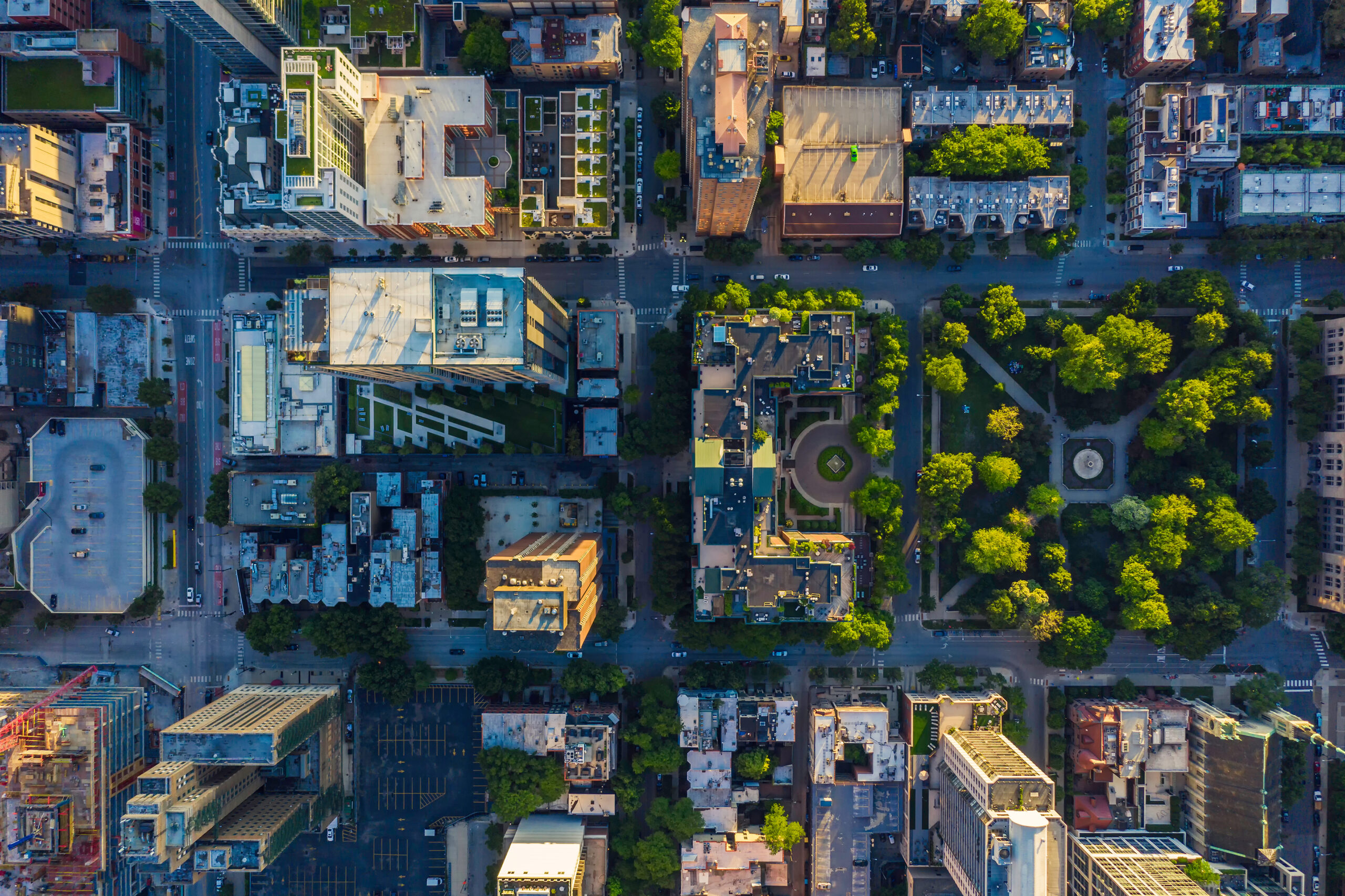Co(l)laboratory 2025 Research Placement

Key Details
Deadline: 11:59pm Sunday 02 March 2025
Funding offer: Candidates receive a tax-free bursary of £1,300, paid in 2 instalments.
Project start date: Monday 28 April 2025
Working hours: Part-time, fixed term (minimum 14hrs hrs per week) until 11 July 2025
Working style: Flexible working supported with some in-person training and meeting requirements. Exact working pattern to be agreed between successful candidate and lead supervisor.
Certification: On successful completion, candidates will receive a formal certificate of recognition from Nottingham Trent University and the University of Nottingham.
Project Supervisors
- Lead Supervisor: Dr Francesca Salvi, University of Nottingham
- Co-Supervisor: Dr Ana Souto Galvan, Nottingham Trent University
- Community Supervisor: Jack Harris, Grownotts CIC
About The Project
In 2019, Nottingham City Council declared a climate and ecological emergency, which set an ambition to be the first carbon neutral city in the UK by 2028. This goal is known as Carbon Neutral Nottingham 2028 (CN28). To achieve this, the city has developed a holistic plan that covers a complex intersection of themes, from building efficiency to energy consumption, to offsetting via the preservation and extension of urban nature. For example, the historical site of Nottingham Broadmarsh shopping centre is being turned into a green area. However, without clear plans for the future, resources such as these can quickly become costs: lack of routine care and maintenance can quickly lead to a decrease in quality, which will then negatively affect usage and enjoyment of said green areas.
This is a particularly pressing issue given that Nottingham Council declared itself bankrupt in November 2023, suggesting that there is little financial scope for looking after newly developed common areas. The lack of plans regarding the maintenance and use of urban nature in Nottingham offers therefore a great opportunity to generate community ownership, thereby ensuring long term sustainability, both infrastructural and social. The aim of this proposed PhD is therefore to contribute to bridging the gap between the needs of the community in Nottingham (access to green spaces) and the different layers of sustainability connected to urban nature (resilient communities, pathways to wellbeing, CN28).
By mapping Nottingham’s green spaces and identifying stakeholders, the project will provide a tangible framework for future participatory initiatives focused on urban green space development. The project’s emphasis on co-design and its participatory workshop workshop will cultivate long-term relationships with diverse stakeholders, including local policymakers, schools, businesses, and community groups. These relationships can support collaborations for future research projects aimed at co-creating sustainable solutions for urban planning, climate resilience, and community well-being. Additionally, the comprehensive mapping of green spaces and stakeholder identification will provide a baseline dataset that other researchers can use to build upon, ensuring the project’s outcomes have lasting utility.
Project Aims
The main objectives are:
- To map Nottingham’s green spaces or potential for green spaces
- to identify stakeholders who would benefit from these areas
- to generate initial ideas around how different stakeholders could benefit from urban green spaces
We expect that local schools will be an important stakeholder in this project, especially those with limited access to green areas due to their inner city setting. However, the candidate will explore the inclusion of different stakeholders, to contribute to generating a sense of community around green urban areas such as the Green Heart and Sussex street.
What will a successful candidate be doing?
To achieve the objectives of this research project, the successful candidate will carry out the following:
- Carry out a geospatial analysis to map existing green spaces and identify areas with potential for green space development. This will generate a map of Nottingham’s city centre green spaces and high-priority areas for future green space development
- Conduct stakeholder mapping to identify the individuals, groups, and organizations who could benefit from green spaces. This will lead to a map of stakeholders, highlighting key beneficiaries and their relationships to green space use and management.
- Work with the supervisory team to carry out a workshop in the local community to explore potential uses for green spaces, tailored to stakeholders’ needs and priorities.
Who are we looking for?
Please ensure you have read the eligibility criteria for the scheme, available on the main 2025 Research Placements page. For more details about the kind of candidates we are looking for, visit our Research Placements overview page.
Essential Competencies
- Good analytical and problem solving skills.
- Strong oral and written communication skills.
- Strong time management and organisational skills.
- Experience of working independently and collaborating well with others.
- Knowledge of the current issues, discussions, and/or debates around urban planning, climate resilience, and community well-being; in relation to green spaces.
- An appreciation of the diversity of local communities and the relationship between communities and their green spaces.
Desirable Competencies
- Confidence in handling and communicating complex concepts and information.
- Curiosity and willingness to explore complex concepts and research theory in this research field.
- Experience working in an environment and/or sustainability related role.
- Experience delivering workshops, training, or similar activities.
- The selected candidate will be able to adjust approaches and responses when faced with change or setbacks, and responds to research developments positively.
Recommended Further Reading
- Hutzel, K. (2007). Reconstructing a Community, Reclaiming a Playground: A Participatory Action Research Study. Studies in Art Education, 48(3), 299–315. https://doi.org/10.1080/00393541.2007.11650107
- Kraftl P, McKenzie M, Gulson K, Accioly I, Blackmore J, Burke C, Perrotta C, Clarke DAG, Daniels H, Olmo Fregoso Bailon R, Goodyear V, Goodyear P, Gunasekara I, Hartong S & Mannion G (2022) Learning spaces: built, natural and digital considerations for learning and learners [Reimagining Education: The International Science and Evidence based Education Assessment.]. In: Duraiappah AK, van Atteveldt NM, Borst G, Bugden S, Ergas O, Gilead T, Gupta L, Mercier J, Pugh K, Singh NC & Vickers EA (eds.) Reimagining Education: The International Science and Evidence based Education Assessment. New Dehli: UNESCO, pp. 452-549. https://d1c337161ud3pr.cloudfront.net/files%2F8469b7d1-c42d-446c-97f5-87775cf28f49_ISEE%20Assessment%20-%20Working%20Group%203.pdf
- Loudon, E., Neary, J., McAteer, B., Higgins, K., & Chapman, C. (2024). A causeway to impact: A proposed new integrated framework for intergenerational community-based participatory action research. Children & Society, 38, 1493–1509. https://doi.org/10.1111/chso.12815
- National Trust & university of Derby (2021) Nature and me Five ways to strengthen the relationship between people and nature. Available at: http://ncxrg.wp.derby.ac.uk/wp-content/uploads/sites/28/2021/04/NatureMe-Booklet-2021.pdf
- Robinson, A. (2023, Nov 29) Why the grass is greener in urban spaces. Available at: https://hubbub.org.uk/why-the-grass-is-greener-in-urban-spaces
- Shared Assets Community ownership and management of parks and green spaces. An introduction. Available at https://mycommunity.org.uk/files/downloads/Community-ownership-and-management-of-parks-and-green-spaces.pdf
